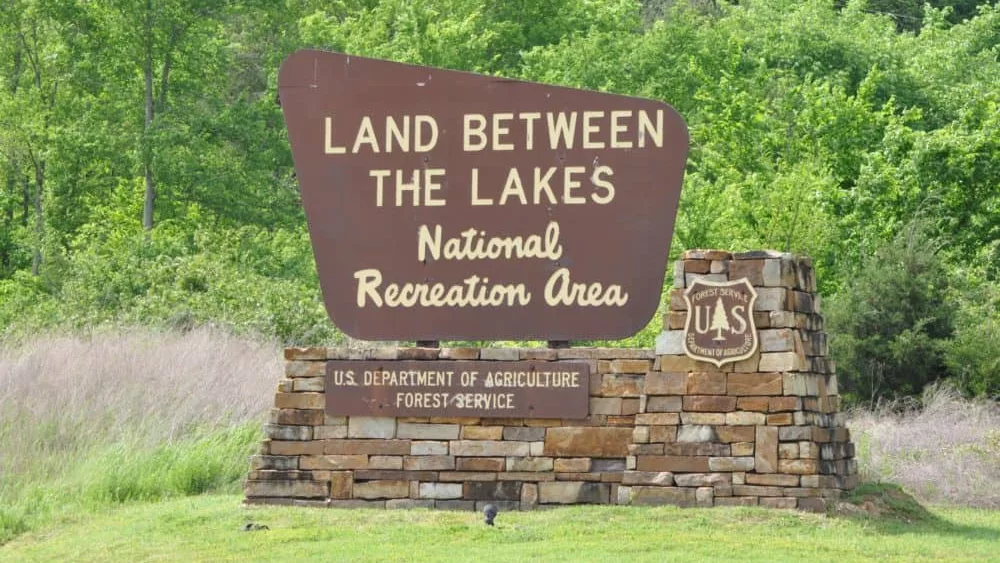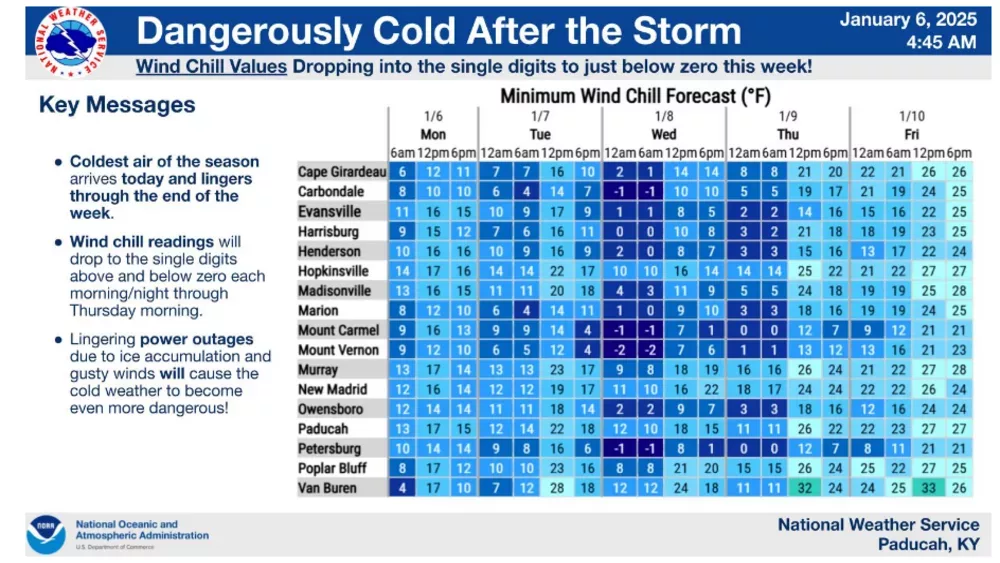
No action was taken. But make no mistake: 63 Main Street was plenty busy, following Tuesday night’s Cadiz City Council meeting.
More than 40 individuals — many of them residents or interested parties from subdivisions surrounding the Arrowhead Golf Course — were part of a 90-minute executive session with Mayor Todd King and his officials.
Since the meeting was behind closed doors, one can only gleam it was filled with conversation, consternation and the complexities surrounding property values, population and potential annexation.
The executive session — unanimously called for by King, City Attorney Allen Wilson and council members — was pursuant to KRS, and was legally in line for discussions between public agencies, and a representative of a business entity concerning specific proposal, such that if it were held in an open discussion, could jeopardize the siting, retention, expansion or upgrading of a business.
What Trigg Countians, and Your News Edge, already know is this:
— On March 31 of this year, only one bidder raised his hand during an auction of the 18-hole facility, one that beautifully cradles US 68/80 and can easily be seen from the Howard Anderson Bridge. Conducted by Josh Abner with Atlas Real Estate and Auction, the unnamed bidder from Hopkinsville submitted tickets valued at $125,000 for a 158-acre, three-tract split, as well as a $100,000 bid for an 88-acre tract of land south of U.S. 68/80 that included the maintenance shop and 3,500 feet of frontage to Little River.
Owners K & J Golf Course Management, who purchased the golf course about 15 years ago following two years of dormancy, did not accept these offers. Two other tracts of land — one on the north side of U.S. 68/80, and another large parcel — did not receive a bids. The properties remain for sale.
— On July 3, council members sought more than half an hour of executive session with an audience of Judge-Executive Stan Humphries, Magistrate Mike Wright, and John Oliphant, exactly like Tuesday’s recommendations. Established in 2017 and a major arm of the county’s effective restaurant tax, Wright is an active advocate and member of Trigg County Parks and Recreation. Its purpose is to help create and maintain these needed community services.
Sources indicate that if some major action isn’t taken by the end of 2023 — be it from the city, the county, or some other interested organization or third party — leadership of the 18-hole, 6,750-yard regulation course is more than prepared to shutter the doors.
This, of course, presents problems, and indicates why 40-plus individuals would cram into Cadiz City Hall on a hot August night.
Answers didn’t come. At least, not yet. Only more private questions. Queries that can only be extrapolated until the discussions become public.
Can the City of Cadiz afford to purchase such a plot? And if so, would authorities be willing to annex the properties in the name of tax base, municipality, maintenance and zoning?
Have citizens, driven by a long-lost road paving issue, moved on from an attempt by the city to annex years ago, only for it to be deemed illegal and stricken down by local courts?
Does the Trigg County Fiscal Court have any part to play in this endeavor, or is it even the place for county leadership to be involved?
Should the golf course close permanently, is the PVA prepared for what will most certainly be the tumble of land and property values?
Designed by Gary Roger Baird, there were more than 80 investors in the initial construction of the golf course.
In an October 11, 1994, article from Paducah Sun Business Editor Bruce Gardner, then Cadiz-Trigg County Tourist and Convention Commission Executive Director Harry Todd said he thought the course’s economic impact would be “a major plus to the economy” and Cadiz.
Chappell Wilson, then a Trigg District Judge and original investor of Arrowhead Development, said the course would “make western Kentucky a better place for everyone to visit, or retire to…it becomes another choice people have when they come to western Kentucky.”
Wilson, with Jane Ellen by his side, was one of many prepared to speak Tuesday night — nearly 30 years later after the dirt was first turned on the lots.






